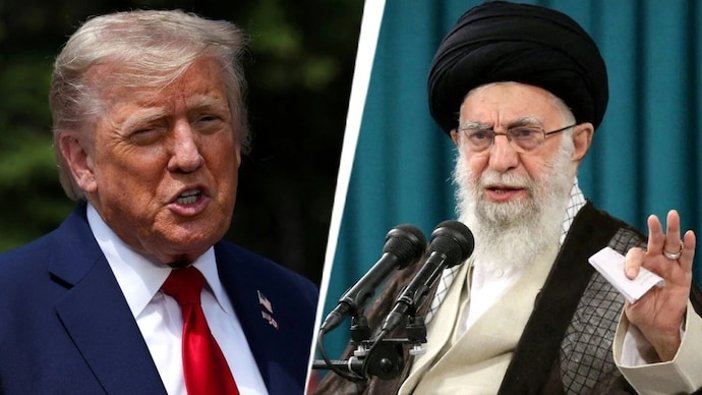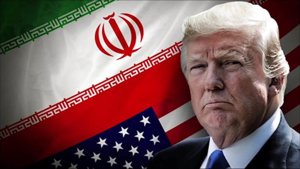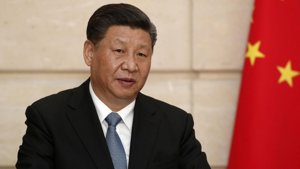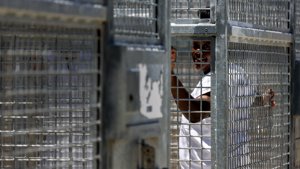
Trump Suggests Regime Change in Iran After Strikes
Trump signals possible regime change in Iran, praising US military for “monumental” strikes on nuclear sites.
Trump Raises Prospect of Leadership Shift in Iran
President Donald Trump has raised the prospect of regime change in Iran, following a series of coordinated U.S. military strikes on the country’s key nuclear facilities. In a post on Truth Social Sunday, Trump questioned whether Iran’s leadership could survive after suffering what he described as “monumental” damage to its nuclear infrastructure.
“It’s not politically correct to use the term, ‘Regime Change,’ but if the current Iranian Regime is unable to MAKE IRAN GREAT AGAIN, why wouldn’t there be a Regime change??? MIGA!!!” Trump wrote, referencing his signature slogan and suggesting that Iran’s current government may not be able to recover from the blows delivered by the U.S. military.
US Military Operation Applauded
Earlier in the day, Trump applauded the B-2 stealth bomber pilots responsible for executing the strikes, announcing their safe return to Whiteman Air Force Base in Missouri. “The GREAT B-2 pilots have just landed, safely, in Missouri. Thank you for a job well done!!! DONALD J. TRUMP, PRESIDENT OF THE UNITED STATES!” he posted, underscoring his gratitude for the mission’s success.
Trump pushed back against skepticism from critics regarding the effectiveness of the operation. He emphasized that the damage inflicted on Iran’s nuclear sites was both “hard and accurate,” reiterating that the mission’s outcome was “monumental.” “Great skill was shown by our military. Thank you!” Trump stated, crediting U.S. forces for their precision and professionalism.
Details of the Operation: Fordow, Natanz, Isfahan
The strike, involving more than 125 aircraft, targeted Iran’s Fordow, Natanz, and Isfahan nuclear sites. The operation included seven B-2 stealth bombers, multiple fourth and fifth-generation fighters, dozens of air refueling tankers, a guided missile submarine, and a full array of intelligence, surveillance, and reconnaissance aircraft. According to the White House, the mission was intended to deliver a crippling blow to Iran’s nuclear capabilities while demonstrating U.S. resolve and military strength.
The White House hailed the operation as a strategic success, aiming to prevent Iran from advancing its nuclear weapons program and to signal a new level of U.S. resolve in the region. Military analysts and officials are now watching closely for Iran’s next move, as the country’s leadership faces internal and external pressure in the wake of the strikes.
Implications for Iran’s Leadership
Trump’s suggestion of a possible regime change has added a new dimension to the geopolitical fallout. By explicitly questioning the future of Iran’s government, the president has placed additional scrutiny on the country’s leaders as they attempt to respond to the damage. The administration’s tone signals not only confidence in the military’s achievements but also an intent to pressure Tehran into rethinking its stance on nuclear development and broader regional conduct.
As international attention remains fixed on the aftermath of the U.S. strikes, the prospect of leadership change in Iran is likely to fuel debate among policymakers, analysts, and global observers. The coming days will be pivotal, as both governments weigh their options in a rapidly evolving crisis.






